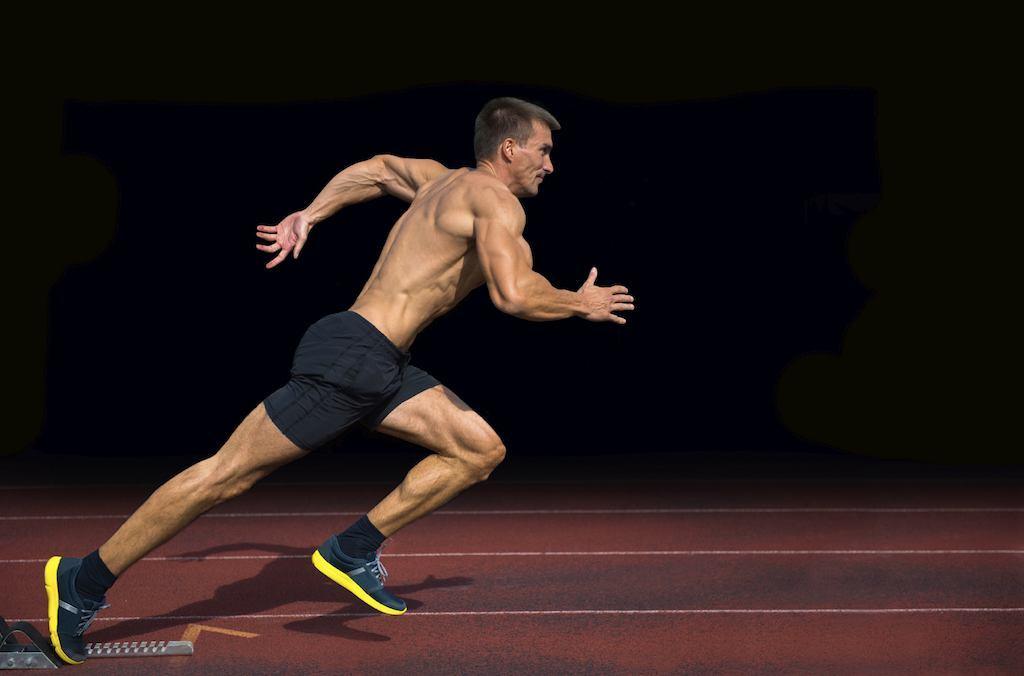

HIIT Burns More Calories than Weights
Table of Contents
HIIT training has been shown to improve:
•aerobic and anaerobic fitness
•blood pressure
•cardiovascular health
• insulin sensitivity (which helps the exercising muscles more readily use glucose for fuel to make energy)
•cholesterol profiles
•abdominal fat and body weight while maintaining muscle mass.
Although exercise regimens vary in content and duration, few studies have compared the caloric expenditure of multiple exercise modalities with the same duration. Researchers compared the energy expenditure of single sessions of resistance, aerobic, and combined exercise with the same duration. Nine recreationally active men performed the following 4 exercises for 30 minutes:
- a resistance training session using 75% of their 1-repetition maximum (1RM). The resistance training consisted of 6 exercises – squat, chest press, leg extension, shoulder press, leg curl, seated row – at 3 sets of 10 repetitions each at 75% 1RM (Vigorous as described by ACSM). Rest periods between sets lasted for 60 seconds, resulting in a total time of approximately 30 minutes. Subjects were maximally encouraged verbally by a researcher throughout each exercise, ensuring consistency.
- an endurance cycling session at 70% maximum heart rate (HRmax).
- an endurance treadmill session at 70% HRmax, and a high-intensity interval training (HIIT) session on a hydraulic resistance system (HRS) that included repeating intervals of 20 seconds at maximum effort followed by 40 seconds of rest. The protocol for the hydraulic resistance system HRS (Surge Performance Training, Austin, TX) was a standard HIIT regimen provided by the device company involving 8 exercises (Chest Press-Push/Pull, Circles inside, Circles outside, 360 Twist, Two-handed Fly’s, Bent over Shoulder Press/Pull, Torso Rotation, Power X) at 4 sets each. Each exercise was performed for 20 seconds with 40 seconds of rest, thereby resulting in 32 exercises performed for a total of 32 minutes.
For those that may not know what a hydraulic resistance system is, hydraulic exercise resistance is a different form of resistance that uses hydraulic pistons to provide resistance (instead of weight). In that, the resistance is created by how (hard or fast) you either (push or pull) the exercise arms which controls oil flow through dual fluid cylinders. The harder you push the more the resistance is on the machine. Check out the video below:
Total caloric expenditure, substrate use, heart rate (HR), and rating of perceived exertion (RPE) were recorded. Caloric expenditure was significantly greater when exercising with the hydraulic resistance system, compared with when exercising with weights, treadmill, and cycling. The average HR was significantly greater with the hydraulic resistance system, compared with that using weights, treadmill, and cycle. Similarly, the average perceptual effort of exercise was significantly higher with the HRS, compared with that using weights, treadmill, and cycle. These data suggest that individuals can burn more calories performing an HIIT session with an hydraulic resistance system than spending the same amount of time performing a steady-state exercise session. This form of exercise intervention may be beneficial to individuals who want to gain the benefits of both resistance and cardiovascular training but have limited time to dedicate to exercise.
Falcone PH, Tai CY, Carson LR, Joy JM, Mosman MM, McCann TR, Crona KP, Kim MP, Moon JR. Caloric expenditure of aerobic, resistance, or combined high-intensity interval training using a hydraulic resistance system in healthy men. J Strength Cond Res. 2015 Mar;29(3):779-85.

















